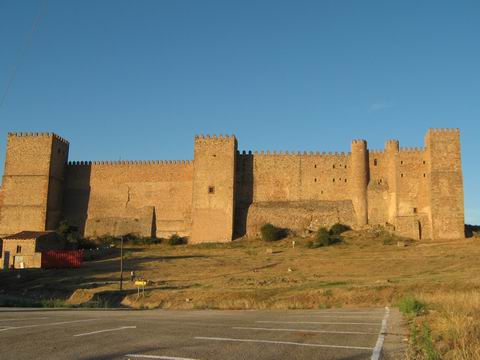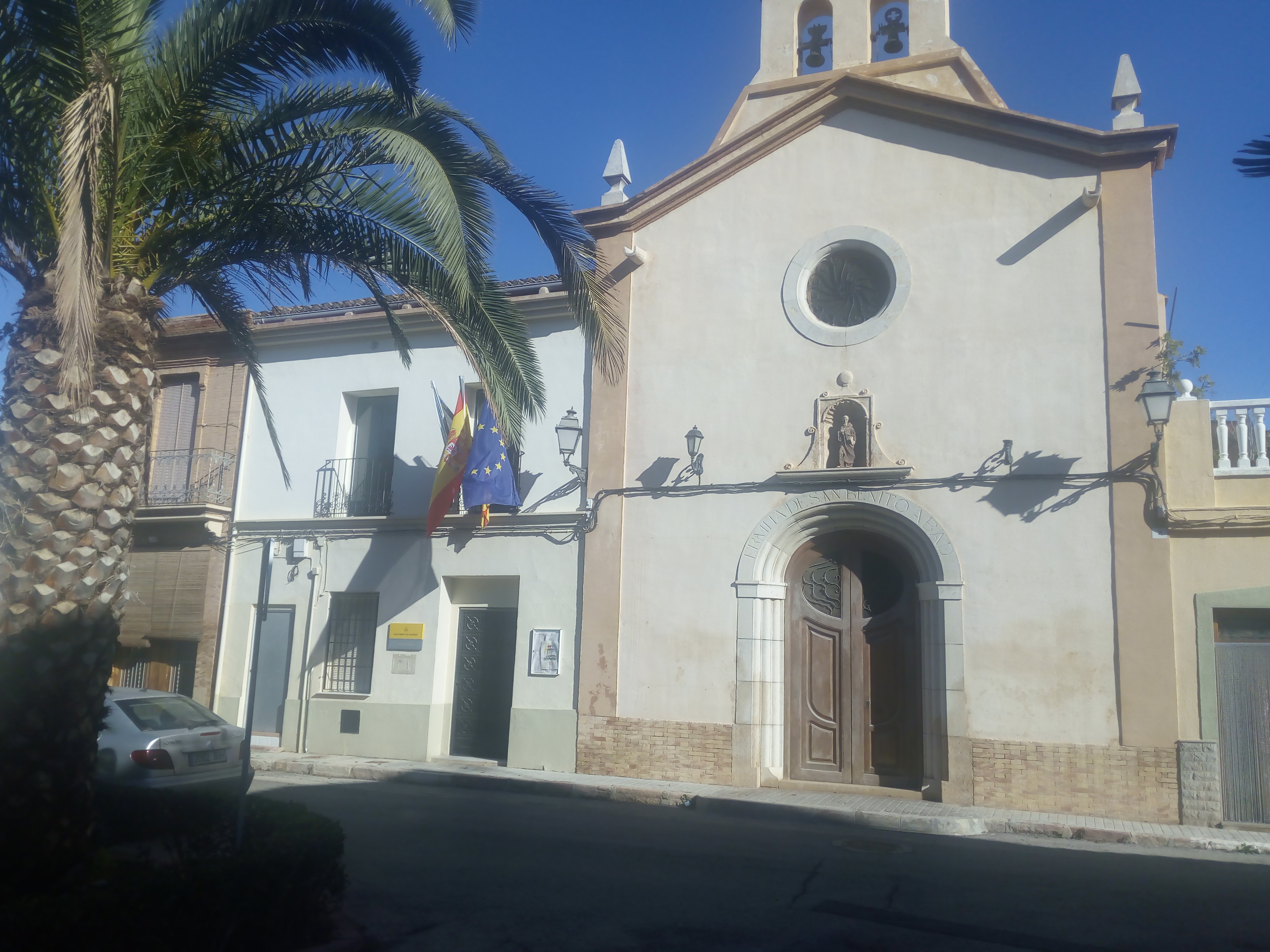Valencia’s Quietest Cemetery
Most major cities face the same worrying problem, and Valencia is no exception; what on Earth do you do with the corpses after you execute your criminals?
I’d driven past it a hundred times and never really taken notice, noticing if anything the small chapel on the other side of the road; but what looks like a tiny park on the edge of the Barranco de Carraixet on the old Barcelona road at Tavernes Blanques, is in fact a place with a sinister history: El Cementerio de los Ajusticiados.

Although the name could refer merely to those who have sought and found justice, it in fact means those who have been executed.
More and more people are becoming aware that the delightful Mercado Central of Valencia is in fact the site of the public executions that used to take place in Valencia. In fact, on the facade of La Lonja, just across the road from the market, there is a plaque reminding us that the Spanish war hero, José Romeu was executed here by Napoleon’s troops. See article:
http://valencia-international.com/valencian-defied-napoleon/
Until the 14th century, the bodies of the executed were left to rot where they hung as an example to the rest. Later they would be taken to Tavernes, where travellers could still see them on the road north from the city, but leaving the vendors of the market free of the unsalubrious scent of decomposition.

From 1790 onwards, society got soft and the dead were no longer left to dangle in the breeze, although the cemetery continued to receive clients until the 19th century.
Even in those days there were liberal wimps who felt pity for the condemned and tried to make their passage to the afterlife less unpleasant. The Cofradía de Nuestra Señora de los Santos Inocentes y Mártires was such an organisation.

In 1447 they built a chapel across the road from the cemetery and a chapel has existed there ever since, with the latest one being built in 1940. The Cofradia still exists although it is now called Virgen de los Desamparados del Carraixet, and it was one of their members who kindly let me into the cemetery, which is now kept locked as it has attracted vandals and squatters in the past.

Today’s Cofradia no longer has bodies to wash or anguished souls to console, so they make do with a bit of gardening and basic masonry, attending church services in the chapel on Sundays, a good day to visit.
Apart from Romeu, other famous figures buried there include Cayetano Ripoll (see article: http://valencia-international.com/valencia-streets-name-2/) and General Elio, the latter executed in 1822 for his support of the royal family, which was a much more dangerous thing to do in those days.
The last recorded beneficiaries of the Cofradia´s generosity were Salvador Pascual Mascarós and Cándido Castellá Genís executed in 1925 in the Modelo Prison for murder.

One of Valencia’s famous floods emptied the cemetery of most of its residents, although I was told that the son of one of the Cofradia’s members was sent soon after with a sack to see how many femurs and skulls he could collect and bury once more in the cemetery.







Recent Comments